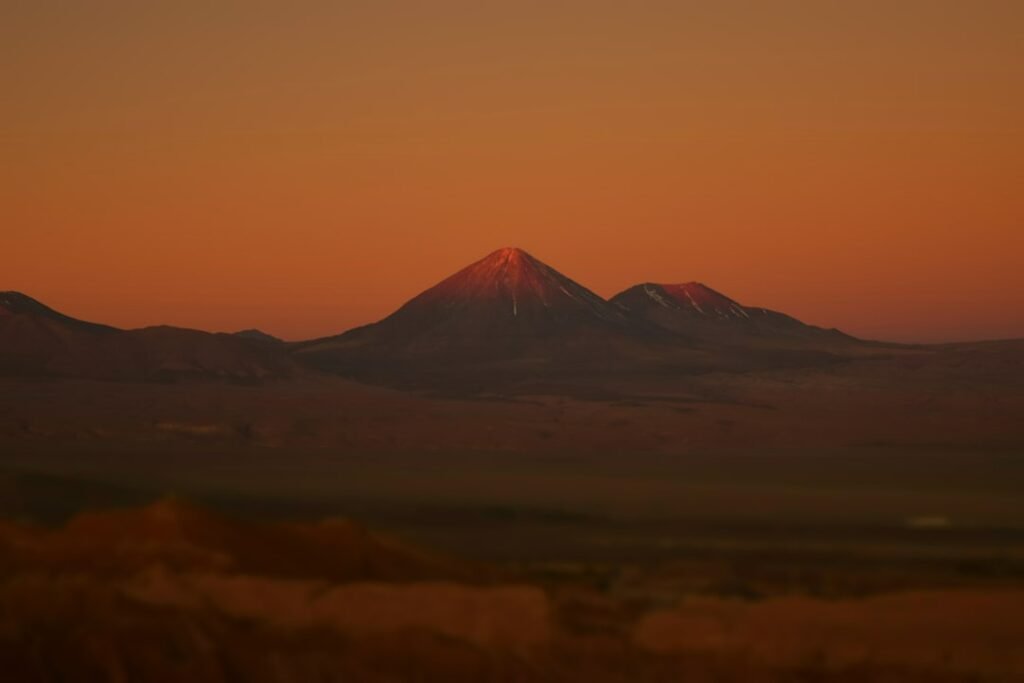Nestled within the embrace of time and mystery, the ancient cities of Mohenjo-Daro and Harappa offer a glimpse into a bygone era. These urban centers, part of the enigmatic Indus Valley Civilization, have fascinated archaeologists and historians alike. As we explore these lost cities, we uncover a tapestry of advanced technology, intricate city planning, and a sophisticated way of life that challenges our understanding of ancient human ingenuity. The ruins of Mohenjo-Daro and Harappa whisper tales of innovation, inviting us to delve into the depths of their secrets.
The Dawn of Urban Planning
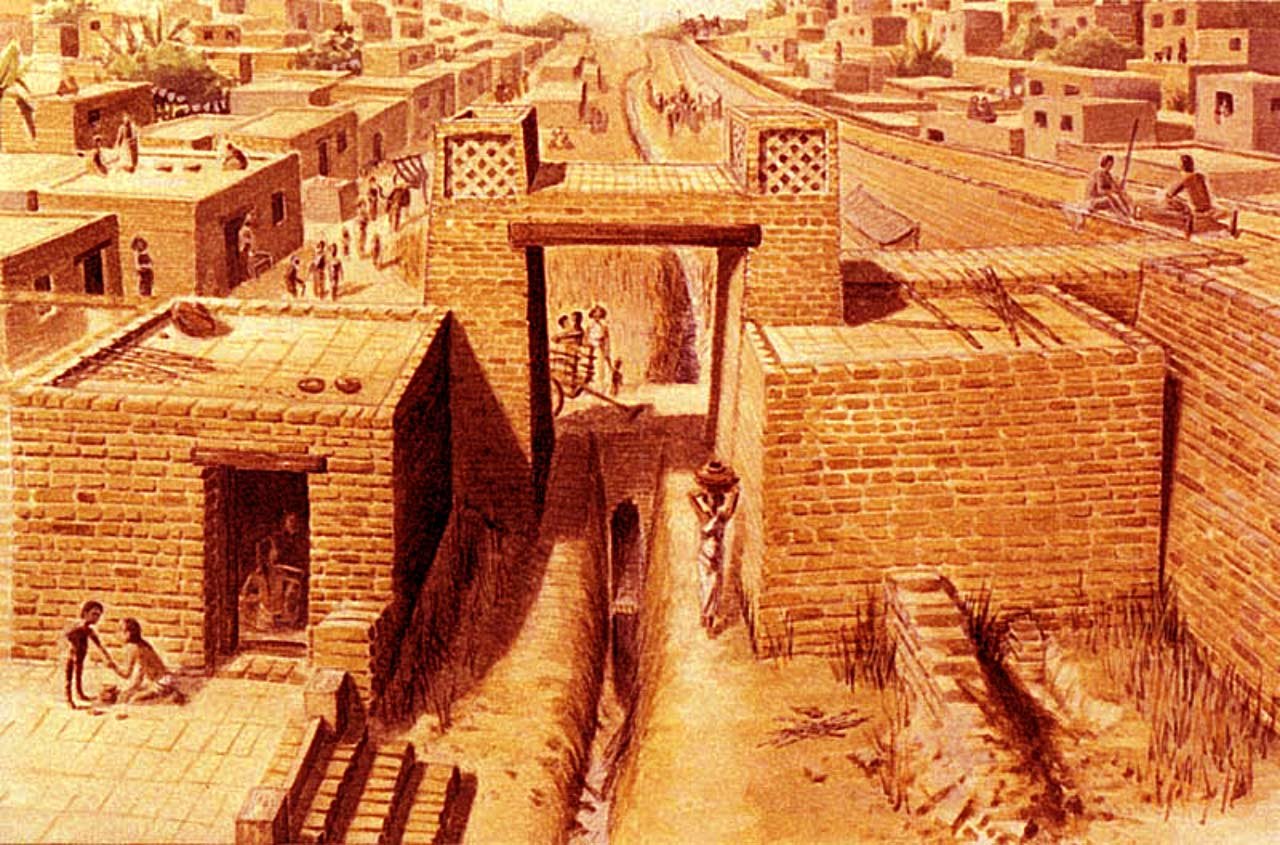
The cities of Mohenjo-Daro and Harappa stand as testaments to the ingenuity of ancient urban planners. Unlike the chaotic growth seen in many modern cities, these ancient metropolises were meticulously laid out. Streets intersected at right angles, forming a grid pattern that ensured efficient movement and organization. The cities were divided into distinct sectors, each serving specific purposes, from residential areas to bustling marketplaces. This level of planning hints at a highly organized society with a deep understanding of urban logistics.
Advanced Water Management Systems
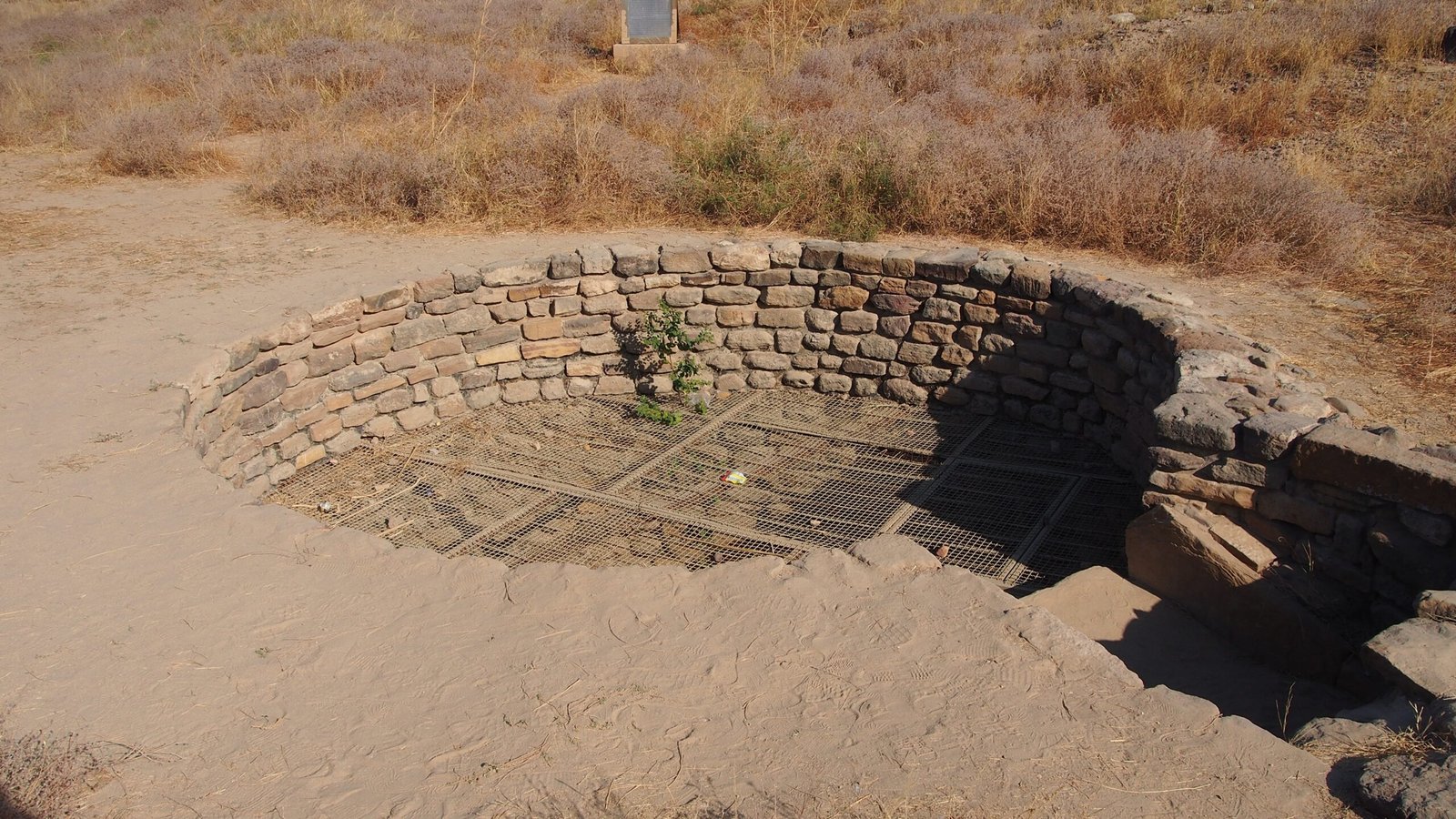
One of the most remarkable aspects of these ancient cities is their advanced water management systems. Both Mohenjo-Daro and Harappa boasted sophisticated drainage systems, with covered drains running alongside the streets. These systems were designed to efficiently manage wastewater, preventing flooding and maintaining sanitation. The presence of public baths and private wells further underscores the importance of water in their daily lives. Such attention to water management reflects a society that valued hygiene and understood the necessity of sustainable living.
The Mystery of the Great Granary
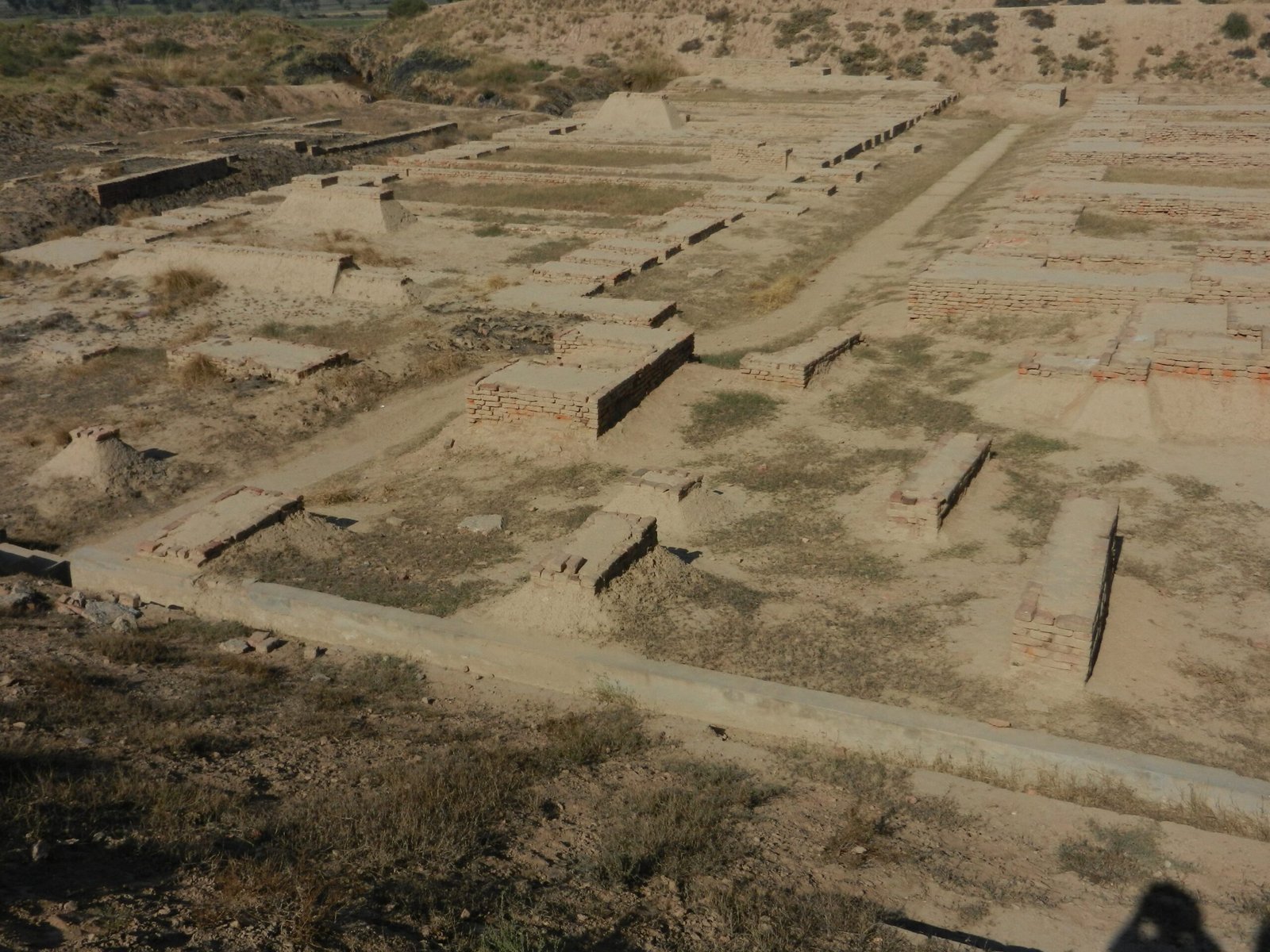
The Great Granary of Mohenjo-Daro is a testament to the city’s agricultural prowess. This massive structure, believed to be used for storing surplus grain, highlights the advanced agricultural techniques employed by the Indus Valley people. Its design ensured optimal ventilation, preserving the grain for extended periods. The existence of such a granary suggests a surplus-driven economy, with efficient food production and storage methods that supported a thriving population.
The Enigma of the Indus Script
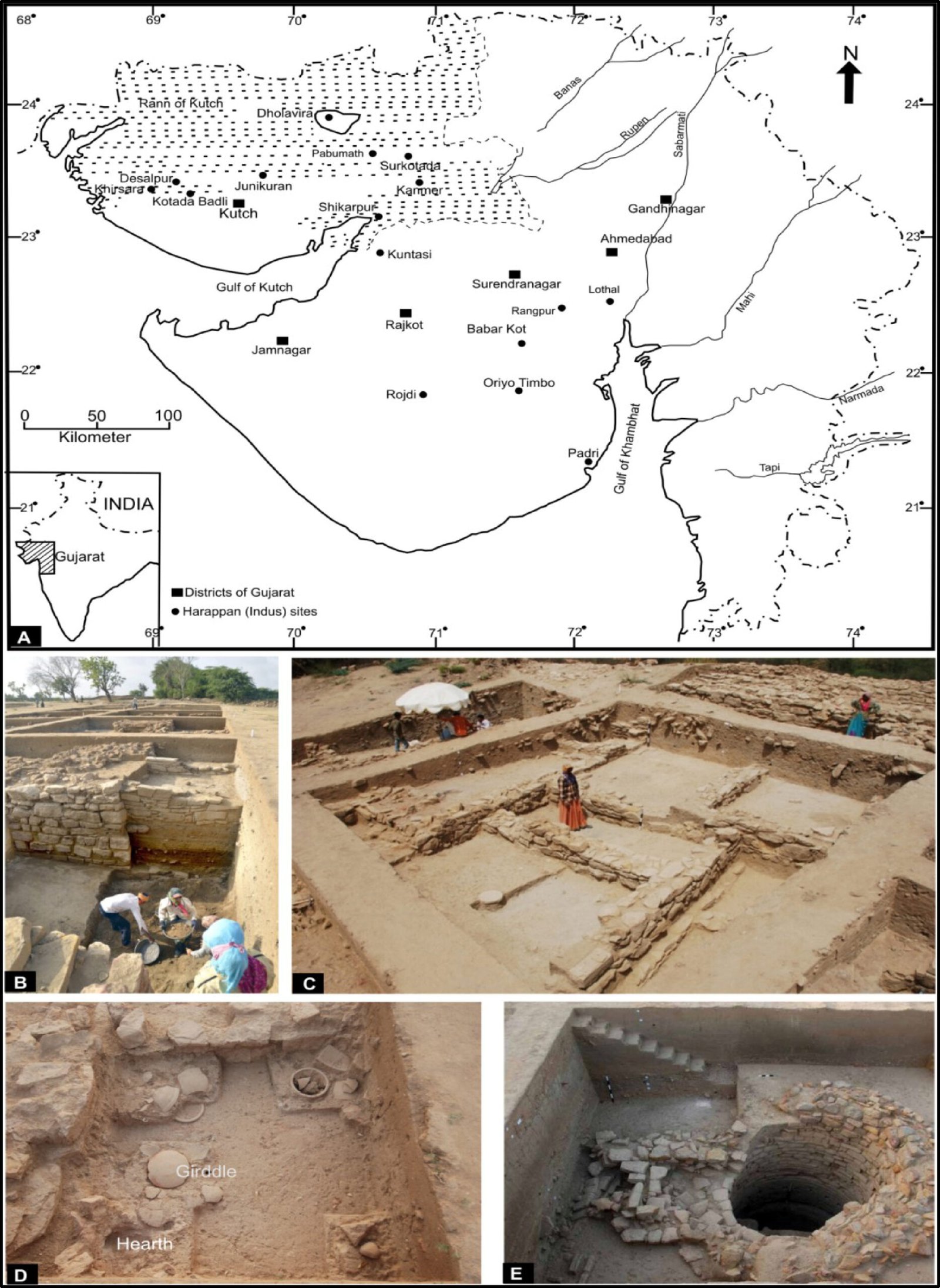
The Indus Script remains one of the greatest mysteries of the Indus Valley Civilization. Despite numerous attempts, this ancient script has yet to be deciphered. Found on seals, pottery, and tablets, these symbols offer tantalizing glimpses into the minds of the Indus people. The complexity of the script suggests a highly literate society with a rich tradition of communication. Deciphering this script could unlock countless secrets, offering insights into their culture, beliefs, and technological advancements.
Intricate Craftsmanship and Trade

Artifacts unearthed from Mohenjo-Daro and Harappa reveal a society skilled in craftsmanship and trade. The discovery of intricately designed jewelry, pottery, and tools showcases their mastery over various materials. Evidence of long-distance trade routes suggests that these cities were hubs of commerce, connecting with regions as far as Mesopotamia. The exchange of goods and ideas likely fueled innovation, contributing to the technological advancements seen in these ancient cities.
The Role of Religion and Rituals
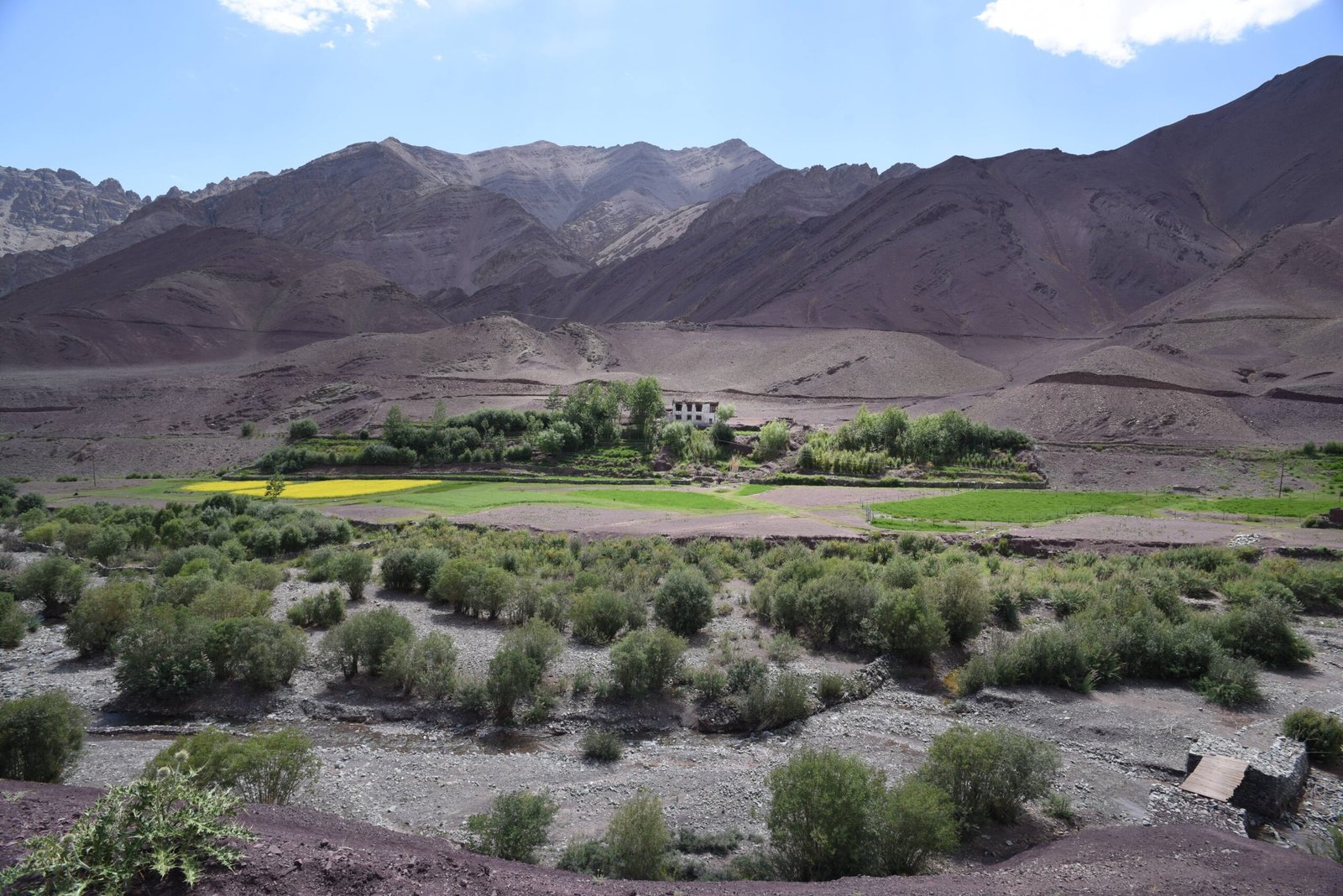
Religion and rituals played a significant role in the lives of the Indus Valley people. The discovery of statues, amulets, and altars indicates a deep spiritual connection. These artifacts suggest rituals centered around fertility, nature, and possibly a pantheon of deities. The presence of communal spaces, such as the Great Bath of Mohenjo-Daro, hints at collective religious ceremonies. Understanding their spiritual practices offers a glimpse into the cultural fabric that bound this civilization together.
The Decline and Abandonment
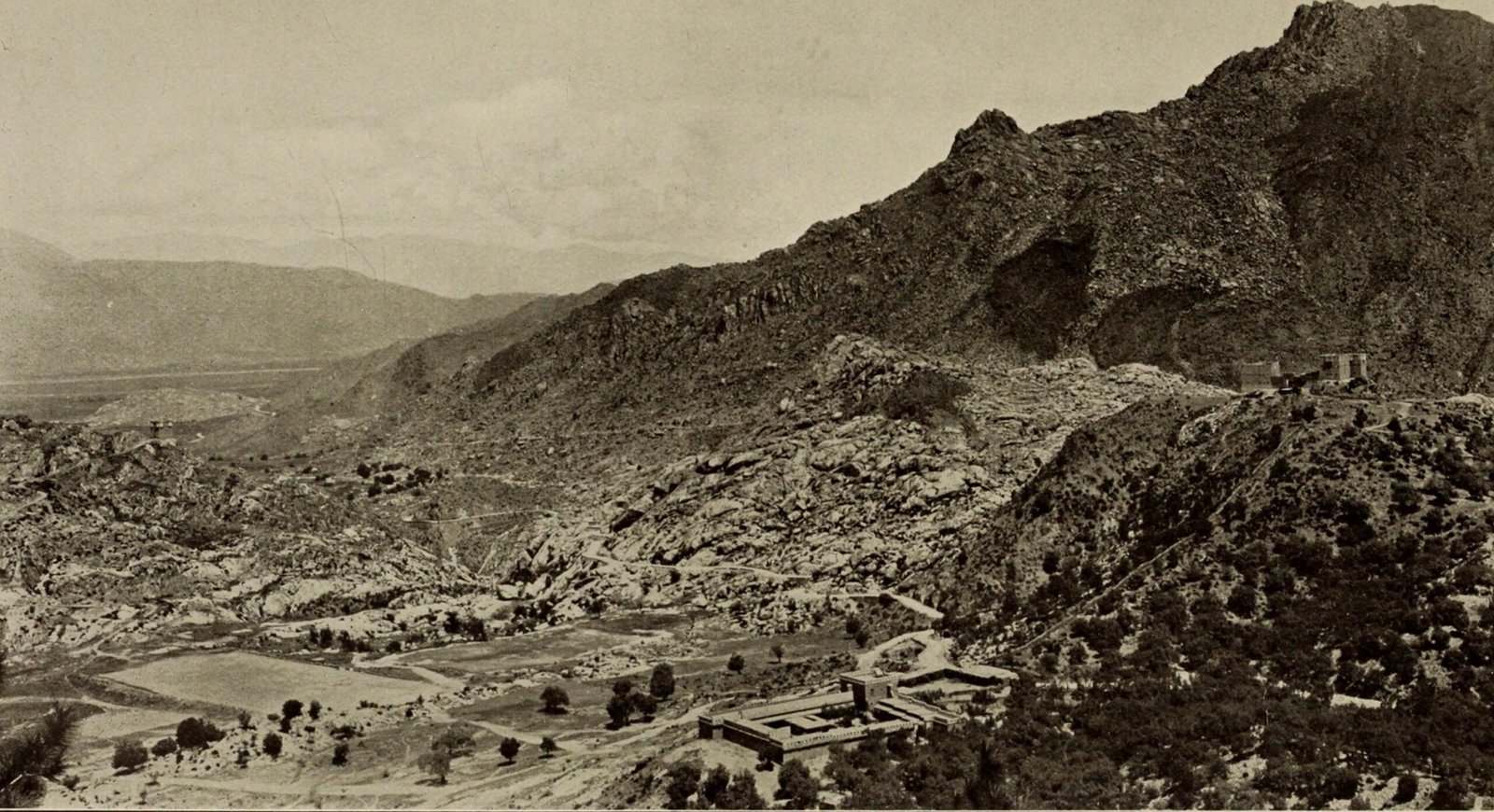
The decline of Mohenjo-Daro and Harappa remains a subject of speculation. Some theories suggest climatic changes, leading to shifts in the river courses, while others propose invasions or internal conflicts. The gradual abandonment of these cities marks the end of a remarkable civilization. Despite their decline, the legacy of the Indus Valley people endures through the advanced technologies and cultural imprints they left behind.
Modern Reflections on Ancient Innovations
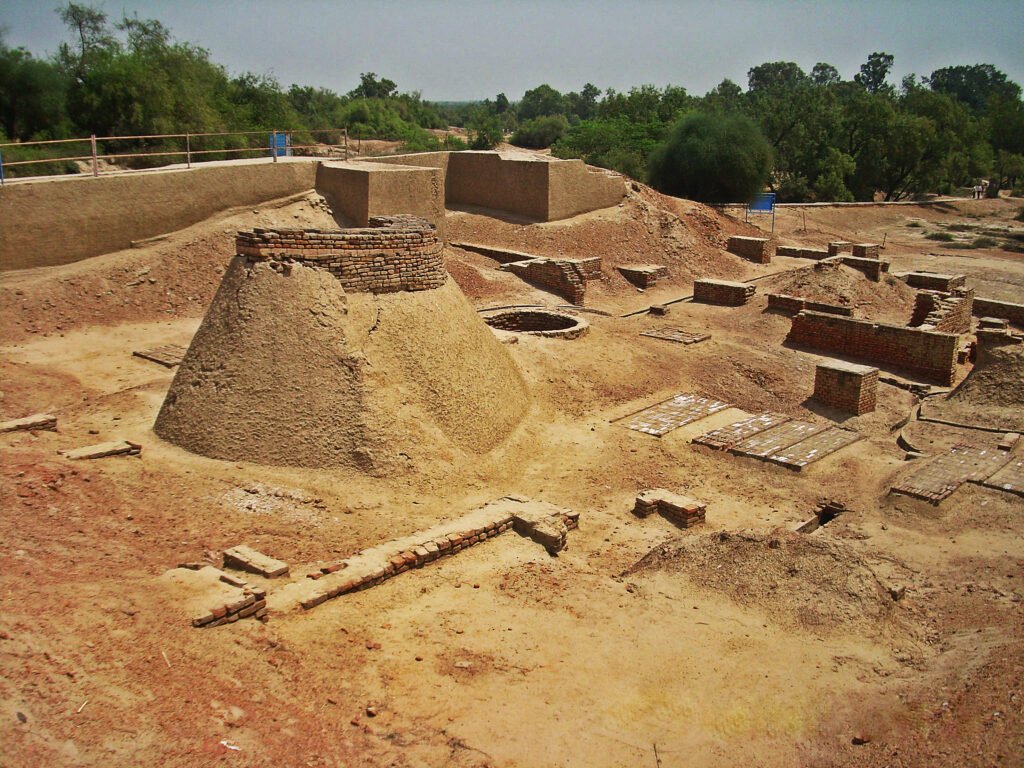
The technological advancements of Mohenjo-Daro and Harappa continue to inspire modern thinkers. Their emphasis on urban planning, sustainable water management, and efficient agriculture resonates with contemporary challenges. As we strive for sustainable development, the lessons from these ancient cities offer valuable insights. They remind us of the potential for innovation when societies prioritize collective well-being and harmonious coexistence with nature.
The Legacy of the Indus Valley
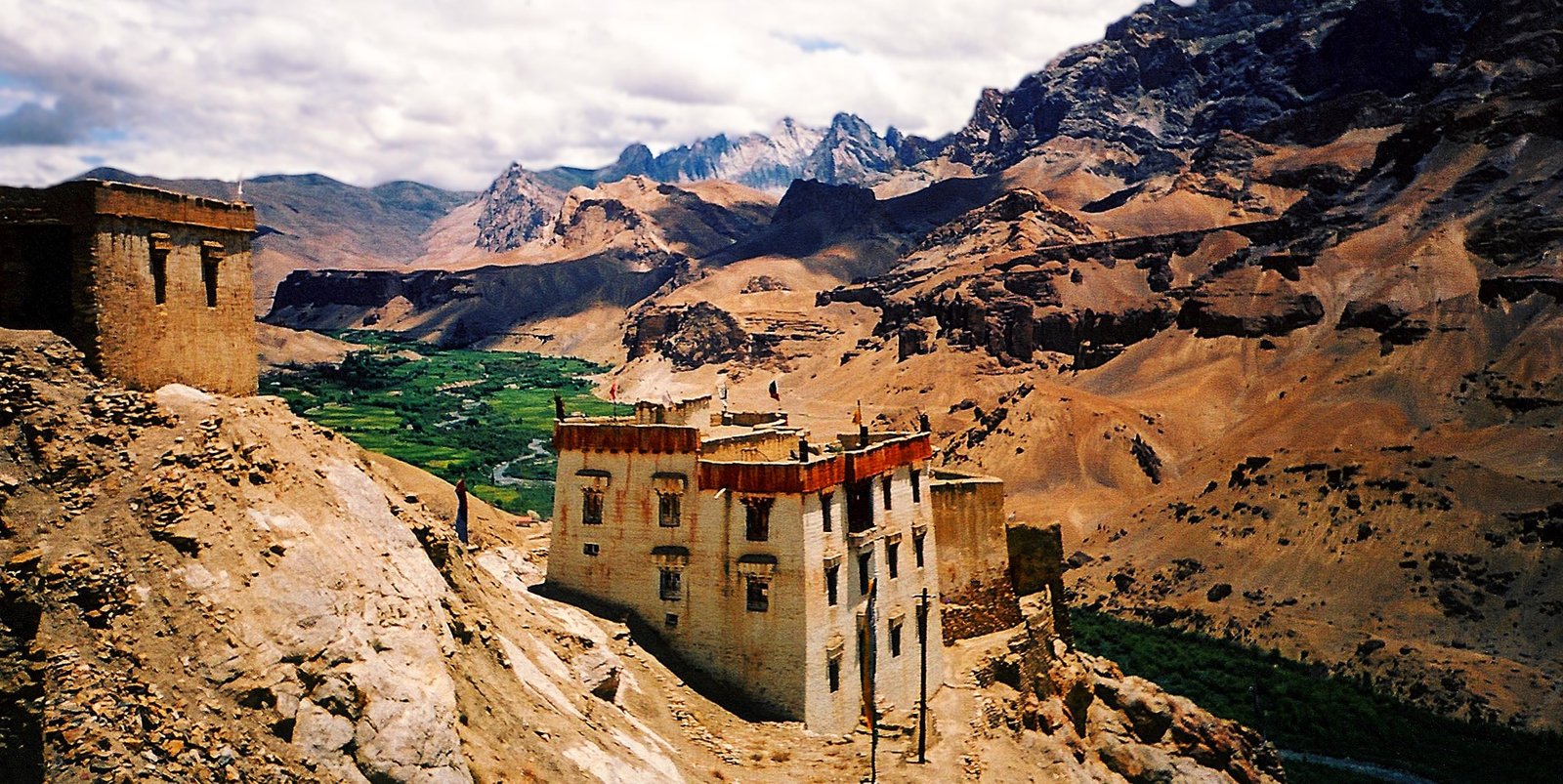
The legacy of the Indus Valley Civilization extends beyond its technological achievements. It serves as a reminder of human resilience, creativity, and adaptability. Despite the passage of millennia, the spirit of innovation that characterized Mohenjo-Daro and Harappa continues to inspire. Their story is a testament to the enduring quest for knowledge and the pursuit of a better future.
Unveiling the Secrets of the Past
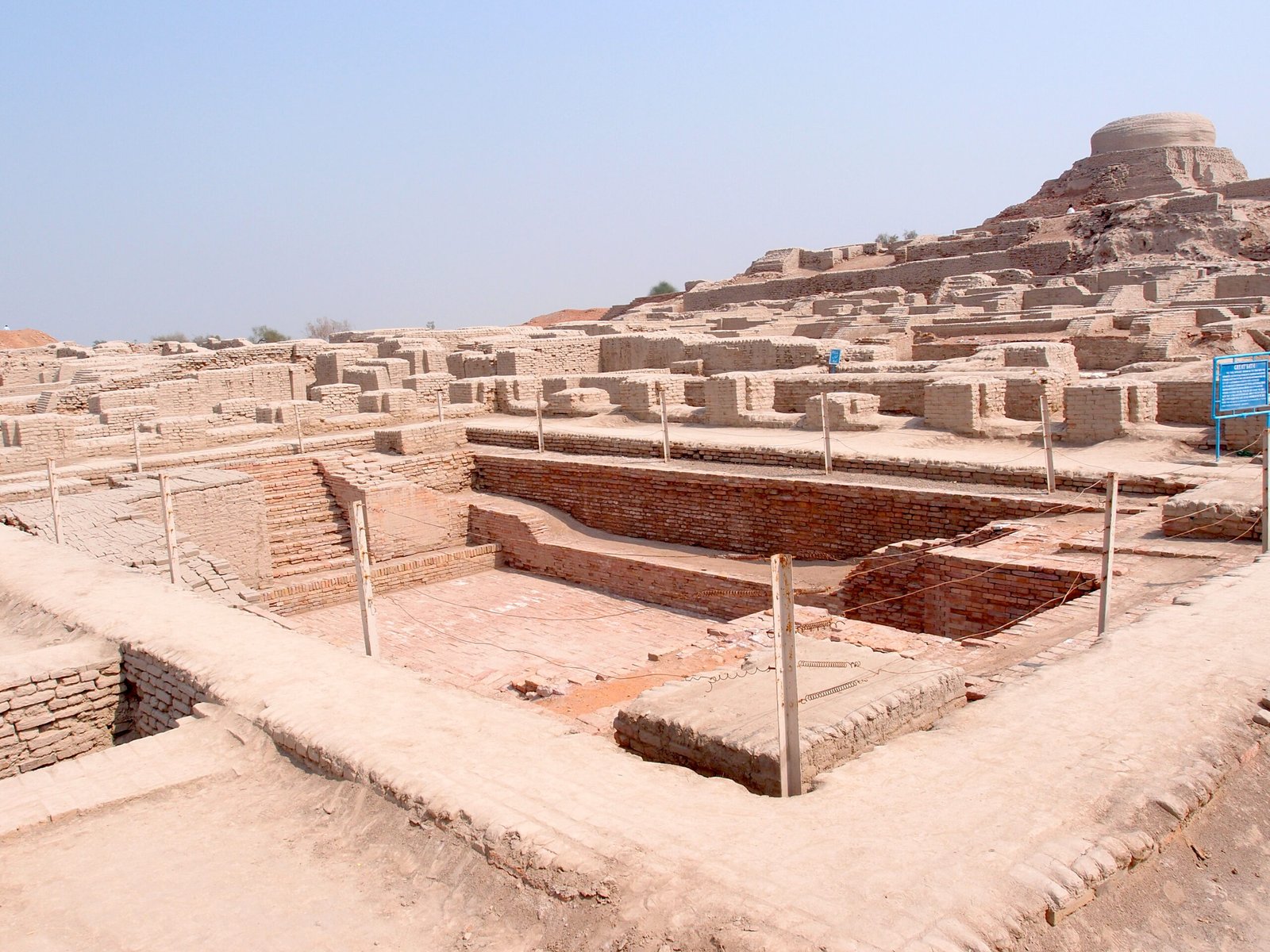
The lost cities of the Indus Valley beckon us to explore the depths of human history. As we uncover the mysteries of Mohenjo-Daro and Harappa, we gain a deeper appreciation for the complexity and sophistication of ancient civilizations. These cities serve as a bridge between the past and the present, inviting us to learn from their achievements and apply their wisdom to our modern world. The journey into the heart of the Indus Valley is a journey into the essence of human innovation and creativity.



